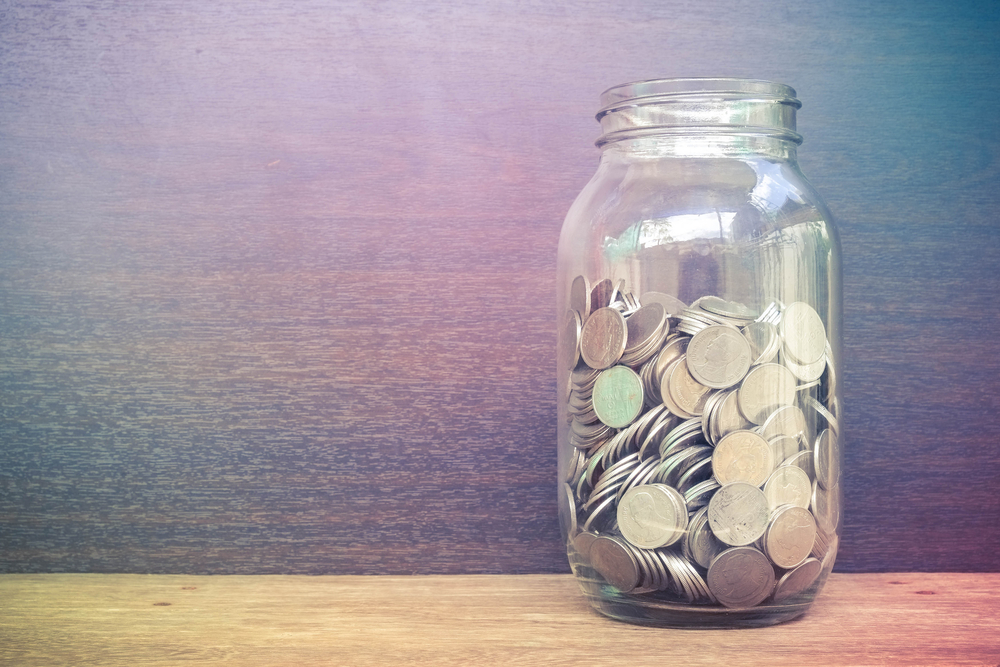
- Entrepreneurship
- Money and finance
The Yang of Profitability: Managing Costs
Can proper management of costs alone guarantee profitability and business success? Of course not! Profitability involved both proper cost management as well as creating value for the client. Interdependent and part of a whole, managing costs and creating value are the Ying and the Yang of business profitability. To find out more on creating value for the client, check out The Ying of Profitability: Creating Value.
That being said, poor cost management has too often caused a high-potential project to fail. This blog post focuses on this second key element to profitability, namely cost management. Let’s take a closer look at different cost factors and their potential impact on your business project profitability.
Your project cost
When the time comes for you to choose a place to live, you’ll naturally ask yourself how it will fit within your monthly budget, right? A downtown condo in Montreal or Toronto won’t cost as same as an apartment in the suburbs. The same principle applies when buying a car. You’ll ask yourself if the purchase will be manageable with your budget, or if the cost will crush you (and your finances).
The same logic should apply to your project costs. A project costing $250,000 will make it more difficult to turn a profit than one with a $5,000 cost. While it is true that your project cost will eventually be capitalized as assets (in accounting terms), it will directly impact your operations costs.
While figuring out the cost of your project, make sure you evaluate multiple option. For each of these options, calculate the monthly operating cost and the volume of sales needed to cover the total cost. You’ll quickly realize that it’s best to choose the less costly options when starting out so you can be profitable as quickly as possible.
Let’s be clear here, the idea isn’t to kill your overall business vision, but to make it happen step by step by quickly reaching your beak-even point. I highly suggest doing the exercise of converting your project cost into a monthly budget; the result might surprise you!
Fixed costs vs. variable costs
Let’s look at an example. Say Jonathan produces video. He’s just secure a new, one-month contract, but he needs to acquire specialized equipment to produce it. Which of these two options is the most cost-effective for him?
Option 1: Buying the equipment by taking out a loan that will cost him $240 a month for a two year period.
Option 2: Rent the equipment at $500 a month
If you’ve answered Option 1, you are unfortunately in the wrong. Consider that Jonathan needs this piece of equipment to fulfill this specific contract, but probably won’t need it afterwards. Instead of buying the equipment and adding a $240 monthly cost to his operating costs, he should only spend $500 once to execute this contract.
At times, it’s necessary to choose the more costly option, based solely on the fact it’s a more flexible one. In Jonathan’s case, renting the equipment only when he needs it will cost him more than twice the monthly cost compared to purchasing the equipment. However, by choosing the renting option, he won’t have anything to pay when he doesn’t require the equipment. Over the full year, renting becomes more cost effective for him. It might seem counter-intuitive, but the more costly option on a monthly basis is actually the most cost-effective.
One day, Jonathan will have enough of these types of contracts to justify buying the new equipment. But for now, it’s not the case. The question then becomes, when would be a good time for him to buy the equipment?
To find the answer, you’ll have to ask yourself: how often does the equipment have to be used to justify its purchase?
Option 1 – Purchase: $240 a month = $2,680$ a year
Option 2 – Rent: $500 a month = $3,000 for 6 months
This calculation shows that after 6 full months of use per year, purchasing the equipment becomes the better choice for Jonathan. As long as he doesn’t have enough of these contracts to use the equipment up to 6 months of the year, renting it remains the best choice in terms of profitability.
You can do the same exercise for your business. What fixed costs can be converted to variable costs? Could I rent a space on a daily basis instead of having a lease? Could I hire freelancers instead of employees? Could I rent a software on a monthly basis instead of purchasing it? Establish a budget for each option which relate to your business.
Planning for long-term profitability
The founders of Enzymes Juices initially distributed their products themselves, since it allowed them to save on distribution costs (see article here). Eventually came the time when they had to start selling through a distributor. They then had to face a major issue: their sales price no longer covered their expenses. They had no choice but to raise their sales price, which had a negative impact on their volume of sales in the short term. What lesson can be drawn from that experience? The founders of Enzymes said it themselves, better to plan for your long-term costs when the time comes to set your sales price.
By focusing only on current costs, you risk negative impacts on your business profitability in the mid to long term. It’s therefore important to consider profitability on a longer-term basis and to see which resources you’ll need soon. Planning and profitability are true soul mates. You can separate one from the other!
Getting help with business planning
I’ve now outlines a few elements to take into consideration for the profitability of your start-up. These factors are universal to all types of businesses, so you can count on them having an impact on yours. However, it can be a good move to ask a professional to do a full evaluation to determine the profitability potential of your business project. Don’t hesitate to reach out to a start-up coach to ask for help with your planning!
Written By: Jean-Philippe L’Écuyer, Entrepreneur in Residence, Futurpreneur Canada, jplecuyer@futurpreneur.ca





